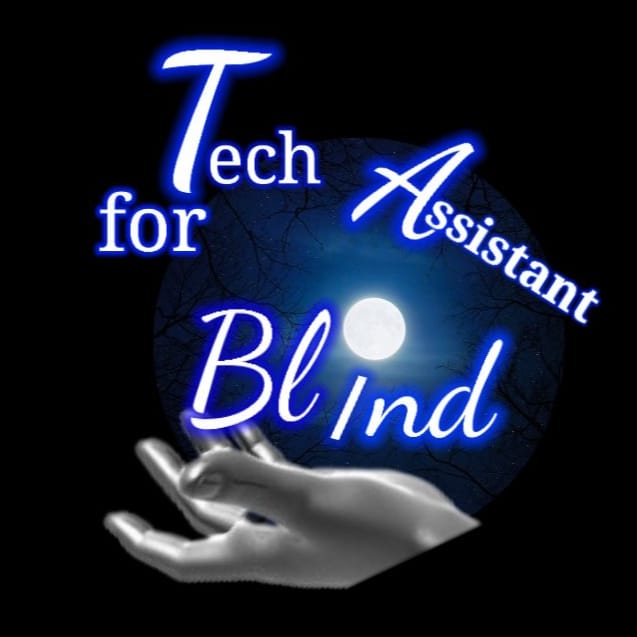Last Updated on
April 4, 2024
Written by
Tech Assistant for blind Team
Introduction
In today’s visually-oriented world, access to information is often taken for granted by those with sight. However, for individuals who are blind or visually impaired, traditional visual aids such as charts, maps, and diagrams present significant barriers to understanding. Fortunately, advancements in tactile graphics and 3D printing have revolutionized the way visual information is presented, making it more accessible to everyone. In this article, we explore how tactile graphics and 3D printing are transforming accessibility by creating tangible representations of visual data.
Understanding Tactile Graphics
Tactile graphics are raised images that convey information through touch rather than sight. These images are created by embossing or printing on specialized paper or using materials such as swell paper that expands when heated. Tactile graphics can represent a wide range of visual information, including maps, graphs, diagrams, and illustrations. By providing tactile cues and textures, these graphics enable individuals with visual impairments to access and interpret complex information independently.
The Role of 3D Printing
In recent years, 3D printing technology has emerged as a powerful tool for creating tactile representations of objects and spatial concepts. Unlike traditional tactile graphics, which are limited to two-dimensional representations, 3D printing allows for the creation of three-dimensional models with intricate details and textures. These models can be customized to match specific shapes, sizes, and surface features, providing a more immersive and interactive experience for users.
Benefits of Tactile Graphics and 3D Printing
The adoption of tactile graphics and 3D printing in accessibility initiatives offers numerous benefits for individuals with visual impairments. Firstly, these tactile representations enhance comprehension and retention of information by engaging multiple senses, including touch and proprioception. Secondly, tactile graphics and 3D models promote inclusivity by ensuring that individuals with visual impairments can participate fully in educational, professional, and recreational activities. Additionally, these accessible formats empower individuals to explore and interact with visual information in ways that were previously inaccessible to them.
Applications in Education
One of the most significant applications of tactile graphics and 3D printing is in education. These accessible formats enable students with visual impairments to access the same educational materials as their sighted peers, fostering a more inclusive learning environment. Tactile maps, diagrams, and models can be used to teach concepts in subjects such as geography, science, and mathematics, allowing students to explore abstract ideas through tangible representations. By integrating tactile graphics and 3D printing into curricula, educators can create enriching learning experiences that cater to diverse learning styles and abilities.
Enhancing Wayfinding and Navigation
Tactile maps and models play a crucial role in facilitating wayfinding and navigation for individuals with visual impairments. By providing tactile representations of indoor and outdoor spaces, including buildings, campuses, and public transit systems, these accessible formats empower individuals to navigate unfamiliar environments independently. Tactile maps can incorporate features such as braille labels, tactile symbols, and raised landmarks to provide spatial orientation and route guidance, enhancing mobility and confidence for users.
Challenges and Future Directions
While tactile graphics and 3D printing hold immense potential for accessibility, several challenges remain to be addressed. These include the cost and availability of specialized materials and equipment, the need for standardized guidelines and best practices in design, and the importance of user feedback and collaboration in the development process. Looking ahead, continued innovation and collaboration among stakeholders, including educators, designers, engineers, and individuals with visual impairments, will be essential in advancing the field of tactile graphics and 3D printing accessibility.
Conclusion
In conclusion, tactile graphics and 3D printing are transforming accessibility by making visual information tangible and accessible to individuals with visual impairments. These innovative technologies empower users to explore and interact with visual data independently, enhancing educational opportunities, facilitating wayfinding and navigation, and promoting inclusivity in various aspects of life. As we continue to leverage the power of tactile graphics and 3D printing in accessibility initiatives, we move closer to a world where everyone, regardless of visual ability, can access and engage with information equally.

